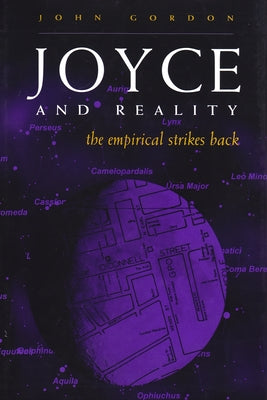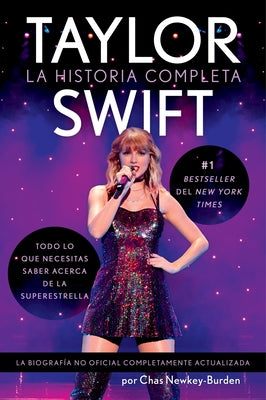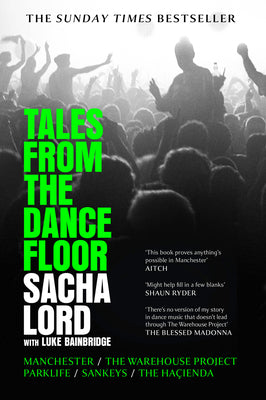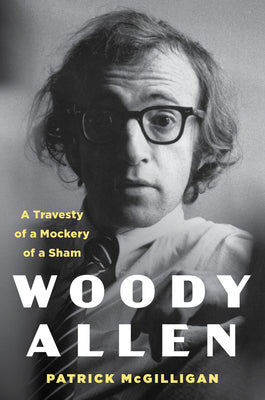
Joyce and Reality: The Empirical Strikes Back
Joyce and Reality: The Empirical Strikes Back
Gordon, John
Select Format

"Joyce was a realist, but his reality was not ours," writes John Gordon in his new book. Here, he maintains that the shifting styles and techniques of Joyce's works is a function of two interacting realities the external reality of a particular time and place and the internal reality of a character's mental state. In making this case Gordon offers up a number of new readings: how Stephen Dedalus conceives and composes his villanelle; why the Dubliners story about Little Chandler is titled "A Little Cloud"; why Gerty MacDowell suddenly appears and disappears; what is happening when Leopold Bloom stares for two minutes on end at a beer bottle's label; why the triangle etched at the center of Finnegans Wake doubles itself and grows a pair of circles; why the next to last chapter of Ulysses has, by far, the book's highest incidence of the letter C; and who is the man in the macintosh.
Gordon, whose authoritative "Finnegans Wake" A Plot Summary received critical acclaim and is considered one of the standard references, revisesand challengesthe received version of that reality. For instance, Joyce features ghost visitations, telepathy, and other paranormal phenomena not as "flights into fantasy" but because he believed in the real possibility of such occurrences.User reviews will be displayed here...
Related products or products you might find interesting

The Bible Recap: Deepen Your Understanding of God's Attributes from Every Book in the Old Testament
Cobble, Tara
$17.21 USD Shop Now



Window Shopping with Helen Keller: Architecture and Disability in Modern Culture
Serlin, David
$121.96 USD Shop Now



Tales from the Dancefloor: Manchester / The Warehouse Project / Parklife / Sankeys / The Ha
Lord, Sacha
$30.00 USD Shop Now



